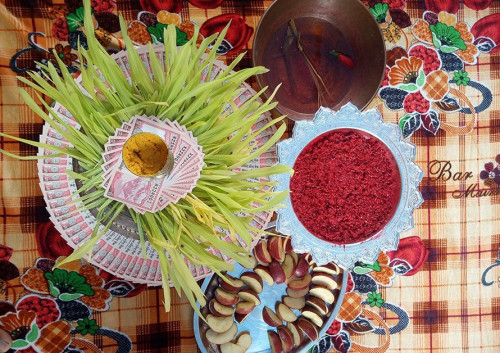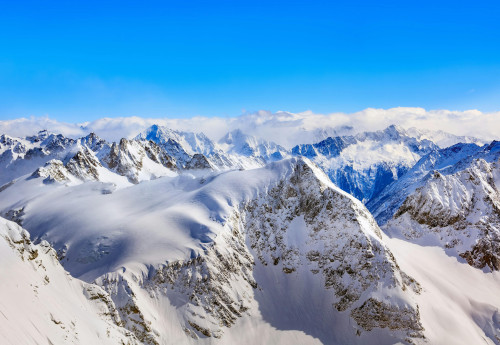23rd Mar, 2025
Packing List For Trekking In Nepal
- Magnificent Himalayan Treks
Nepal trekking is a dream for the majority, with breathtaking scenery, rich cultural exposure, and some of the world's most celebrated trails like the Annapurna Circuit, Everest Base Camp, and Manaslu Circuit.
The key to a successful trek, however, lies in preparation. Hiking in Nepal is tough but if you carry the trekgear and provisions can mean the difference between an enjoyable adventure and a tough slog.
In this ultimate guide, we'll walk you through the entire trekking packing list for Nepal so that you're ready to trek in Nepal at every step of the journey.
Whether you're a seasoned trekker or a novice, this list will have you comfortable, safe, and prepared for the unpredictable Himalayan weather.
The main dilemma is what to wear in Nepal. So, let’s see:
Table of Contents
What to pack for trekking in Nepal?
Having the appropriate equipment can improve the comfort and enjoyment of your hike. You can purchase the trekking essentials in Kathmandu for reasonable pricing or bring it from your home country. Additionally, you may hire some in Kathmandu as well. Lets check the essentials that you need during the trek:
Daypack and Backpack
We hire one porter for two trekkers and allow our porter to carry up to 18 kg. Hence, we suggest you accompany another trekker and split your stuff (9 kg each) into a duffle bag of over sixty liters capacity.
You will also need a daypack of about 20 liters capacity. You can use the daypack to carry your valuables, important documents, and frequently used things during the trek such as energy bars.
-
Main backpack (over 60 Liters) – to carry gear on longer treks.
-
Daypack (20 Liters) – For water, snacks, camera, and rain gear.
-
Waterproof cover – as it protects the backpack from rain and snow.
Trekking Poles
Design and Features:
Adjustable length – Telescoping or collapsible poles enable adapting to terrain.
Absorption of shock – Some poles consist of built-in suspension systems designed to minimize strain on joints.
Ergonomic grips – Made of cork, foam, or rubber to rest comfortably in one's hand.
Light materials – Made from aluminum or carbon fiber to make them strong and easy to use.
Snow and mud baskets – Prevent poles from sinking in soft ground.
Sleeping Bag and Liner
When trekking in Nepal, a good night's sleep is extremely essential to help keep your energy saved up so that you can stay healthy on the trail.
Having the right sleeping bag and liner can make all the difference, especially in the fluctuating and more typically freezing Himalayan weather.
What you need to know about choosing and using a sleeping bag and liner for your trek is outlined below.
Why Is a Sleeping Bag Necessary?
Although blankets are available in most teahouses along trekking routes, they may not be sufficient for chilly nights at high altitudes.
A nice sleeping bag will keep you warm and comfortable, allowing you to sleep soundly for the next day's adventure.
How to Pick the Best Sleeping Bag?
It is extremely important to pick up the right sleeping bag. You don’t want any troubles during the trek, do you?
Temperature Rating:
For Nepal treks, choose a sleeping bag rated to at least -10°C (14°F). This will keep you warm during chilly nights, especially at high elevations.
If you’re trekking in winter or planning to camp, consider a bag rated for -15°C to -20°C (5°F to -4°F).
Type of Insulation:
Down: Extremely light, extremely compressible, and gives excellent warmth. But loses insulating qualities when wet and is more expensive.
Synthetic: Heavier and bulkier but more effective in rainy conditions and less expensive.
Weight and Packability
Select a small, light sleeping bag that can easily fit inside your backpack. Down sleeping bags are ideal for this purpose.
Shape:
Mummy-style bags retain the most heat, with rectangular bags offering more room but maybe feeling colder.
Why You Need a Sleeping Bag Liner?
A sleeping bag liner is a lightweight, packable layer that adds warmth and keeps your sleeping bag clean. It's a handy bit of kit that can also be used on its own in hot conditions. Let’s see the type of liners:
Types of Liners:
Silk: Lightweight, gentle, and adds 5-10°F of warmth.
Fleece: Adds plenty of warmth (15°F) but is less packable.
Cotton: Cheap but not ideal for cold weather as it retains moisture.
Thermolite: Synthetic and fast-drying, giving 10-15°F of warmth.
Benefits of a Liner:
Add heat to your sleeping bag.
Liner keeps your sleeping bag clean and helps in reducing the need for frequent washing.
You can use alone in warmer weather or in the lower-altitude teahouses.
Tips on Using Your Sleeping Bag and Liner
Air Out Your Bag: Air out your sleeping bag after each use to prevent moisture buildup.
Use a Liner: Always use a liner to keep your sleeping bag hygienic and also to gain some extra warmth.
Layer Up: Wear thermal layers, socks, and a hat to stay warm inside your sleeping bag.
Store Properly: Store your sleeping bag loosely in a dry place so that it can maintain its loft and insulation.
Clothing for Layering
Nepal's trails are crossed through a range of climates from subtropical jungle to snowy high-altitude passes. Layering to deal with different temperatures.
You need many things like fleece jacket, duffel bag, waterproof jacket, trekking poles, hiking socks, thermal underwear and many more.
Base Layers
Wicking thermal top and bottom (synthetic or merino wool).
Mid- Layers
Warm insulating fleece or down jacket.
Softshell windstopper jacket to stop the wind.
Outer Layers
Breathable water- and windproof outer layer (Gore-Tex type).
Waterproof trekking pants.
Trekking Shirts and Pants
Convertible trekking pants (zip-off type).
Long-sleeve shirts (quick-dry and moisture-wicking materials).
Gloves and Accessories
Inner gloves – Lightweight liners for extra warmth.
Insulated gloves – Windproof and waterproof for high altitude.
Warm hat – Fleece or wool.
Buff or neck gaiter – Wind, dust, and cold protection.
Sun hat – Wide-brimmed for UV protection.
Footwear and Socks
Let’s see what matters as for the footwear at trekking:
Trekking Boots
It depends on the type of Trek:
Light Hiking: Low-cut boots or trail shoes for easy trails.
Moderate Trekking: Mid-cut boots for added ankle support on rough terrain.
Heavy Trekking: High-cut boots for challenging, multi-day treks with heavy loads.
Material:
Leather: Durable and waterproof, ideal for extreme conditions.
Synthetic: Light and light in weight, suitable for short walking.
Waterproofing:Select waterproof membranes (e.g., Gore-Tex) boots for rainy conditions.
Traction:
Check the sole for deep lugs and good traction on slippery or rocky surfaces.
Fit and Comfort:
Wear boots with trekking socks.
Make sure you have a comfortable fit with no pressure points and enough room to wiggle toes.
Walk around to ensure comfort and support.
Break Them In
Wear hiking boots on shorter excursions before the hike to avoid blisters.
Weight:
Lightweight boots are easier to wear but not durable enough for harsh treks.
Camp Shoes or Sandals
-
Lightweight for comfort in tea houses or camps.
Socks
-
Wool or synthetic trekking socks (3-5 pairs).
-
Liner socks (optional) to prevent blisters.
. Sleeping and Accommodation Essentials
-
Earplugs – essential for noise control at teahouses
-
Eye mask – Useful for sleeping in shared dormitories.
-
Travel pillow – Compact and inflatable for extra comfort.
First Aid and Personal Care
Most of the Nepali treks are at higher elevations, isolated regions with difficult terrain. There may not be health centers within the trek areas. Hence, we advise you to bring first aid kits along with your medicines. Our guides also bring first aid kits and oximeters to measure the level of blood oxygen saturation.
These are what you need to bring.
Basic first aid kit – Band-aids, antiseptic, blister care, and painkillers.
Altitude sickness medicine – Diamox from a physician if needed.
Personal meds – Any personal medications.
Sunscreen and lip balm – High SPF for sunburn protection.
Sunglasses:gives you the best mountain views
Wet wipes and hand sanitizer – For off-route use.
Toilet paper and biodegradable soap – Essential in tea houses.
Menstrual products – Plan ahead for the trek.
Hydration and Nutrition
Hydration is very crucial in high-altitude treks because the oxygen is thinner and water boosts the efficiency of the red blood cells to absorb more oxygen. When you are at high elevations, you breathe fast and deeply to get more oxygen. This fast breathing uses up more water.
You can buy bottled water at the in-route shops or lodges. However, due to environmental considerations, we advise that you bring a refillable bottle and buy boiled/filtered water from lodges.
As an added precaution, we also advise that you use water purification tablets or filter systems. Never consume water straight from the local sources such as taps, wells, and rivers.
Water bottles (1L-2L) – Durable, reusable, and lightweight.
Hydration bladder – Convenient to sip while hiking.
Water purification tablets or filter – Gives you safe drinking water.
Himalayan treks are energy-intensive. Hence, you will need high-energy food. We will provide you hygienic and high-caloric three meals a day (breakfast, lunch, and dinner). However, it is always better to keep with you some energy bars to deal with many ups and thickets.
Electrolyte powders – Regenerates salts and minerals.
Energy bars and snacks – Lite, high-calorie foods.
Gadgets and Electronics
As you trek the Nepali Himalayas, you will be amazed at the geography, let alone culture, tradition, and architecture. You may even catch a glimpse of the exotic flora and fauna.
Also, you will certainly want to relive those moments later in your life.
So, bring a good camera. You may also bring your cell phone as Wi-Fi is available in most trekking zones. But you might have to pay extra to use Wi-Fi or to charge your devices.
Headlamp with extra batteries – For morning hikes and power outages.
Power bank (10,000mAh or more) – Power restricted in remote areas.
Universal adapter – For charging devices.
Camera, phone – Snapping photos of breathtaking scenery.
E-reader or book – For downtime.
Travel Documents and Money
Some necessary documents may be required with you during travel. The documents might be required for several purposes, like during the process of obtaining permits, or for rescue operations.
Passport and visa – Validate and acquire needed permits.
Trekking permits – TIMS (Trekkers' Information Management System) and National Park permits.
Travel insurance – Should cover health care expense and emergency helicopter rescue for most treks
Cash (Nepali Rupees) – Nepali Rupees are legal tender and 1 USD is equal to around Rs. 140. Very few trekking regions have exchange centers for money. So, you will have to exchange the money in Kathmandu, preferably at legitimate money exchanges.
We intend that you spend roughly USD 15 per day of trekking on other miscellaneous charges, such as beverages, drinking water, and Wi-Fi.
Copies of important documents – Have digital and hard copies.
Miscellaneous Items
Duct tape – Emergency equipment fixes.
Ziplock bags – Drys electronics and papers.
Notebook and pencil – Documenting the ride.
Playing cards or board games – For evening group entertainment.
Typical Day on the Trek
The trekking day is a routine dictated by altitude, distance, and terrain.
Morning
Wake up between 6-7 AM.
Break camp and eat a hearty breakfast.
Start trekking at 7:30-8 AM.
Midday
Trek for 3-4 hours before lunch at a tea house.
Rehydrate and rest before resuming the trek.
Afternoon
Resume trekking for 2-3 hours.
Arrive at the next village/tea house in the late afternoon.
Check into the lodge, freshen up, and explore the locale.
Evening
Have tea or coffee at your own leisure.
Have a hot meal with other travelers.
Early night (8-9 PM) to rest and prepare for the next day.
What Not to Pack for Trekking in Nepal: Avoid These Mistakes
Trekking in Nepal has very long routes. It needs your valuable time, money and mental stability. You might think that you need loads of clothing and layering, but remember you just need to carry the mandatory essentials for trekking in Nepal.
Don't overpack your stuffs. Take reference from guides and magnificent himalayan. We are happy to help you.The above lists are generated through research and our personal experience. Now, let us see what to avoid at trekking:
Heavy & Bulky Clothing
Jeans and thick sweaters are heavy, slow-drying, and impractical. Bring lightweight, moisture-wicking layers instead.
Too Much Footwear
You do not need a lot of shoes. A trekking boot and a lightweight sandal for teahouses are enough.
Cotton Clothes
Cotton absorbs water and stays wet, making it useless in the cold. Utilize quick-drying synthetic or merino wool layers.
Large-Sized Toiletries
Full-sized shampoo, lotion, and toothpaste are bulky and heavy. Pack travel-sized instead.
Excessive Snacks
Snacks such as chocolate bars, nuts, and energy bars can be purchased in Kathmandu. Pack a few, but don't overstuff your bag.
Additional Gadgets
Laptops, drones (prohibited in certain areas), and excess electronics are heavy and consume battery power. Limit yourself to a smartphone, power bank, and a camera if necessary.
Needless Camping Equipment
If you're hiking in teahouses, you will not require a tent, stove, or cooking gear. Lodges provide food and shelter.
Excess Cash
While cash is required, especially for remote areas, too much is a risk. Carry only sufficient in small denominations for day-to-day use.
Heavy Books
Instead of a book, utilize a Kindle or mobile application for reading to save space and weight.
Fancy Clothes & Accessories
No makeup, no jewelry, and no fancy clothes – trekking is purely about functional gear.
Final Packing Advice
Pack light – Avoid unnecessary items to keep the backpack manageable.
Select good equipment – Spend more on durability.
Pre-test gear – Get cozy and functional before the hike.
Be respectful to nature – Practice Leave No Trace.
With this definitive packing guide, hikers are well-prepared for an unforgettable journey in Nepal's stunning landscapes.
Whether trekking to Everest Base Camp, the Annapurna Circuit, or any other destination, proper equipment ensures a safe and comfortable experience.
Recent From Blog
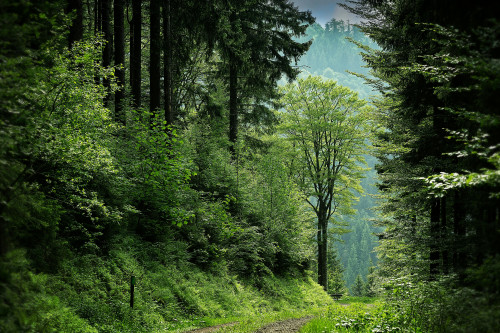
13th Oct, 2025
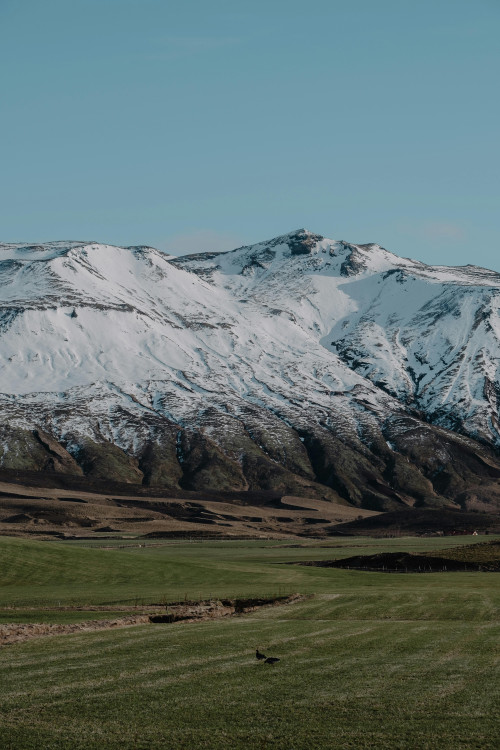
9th Oct, 2025
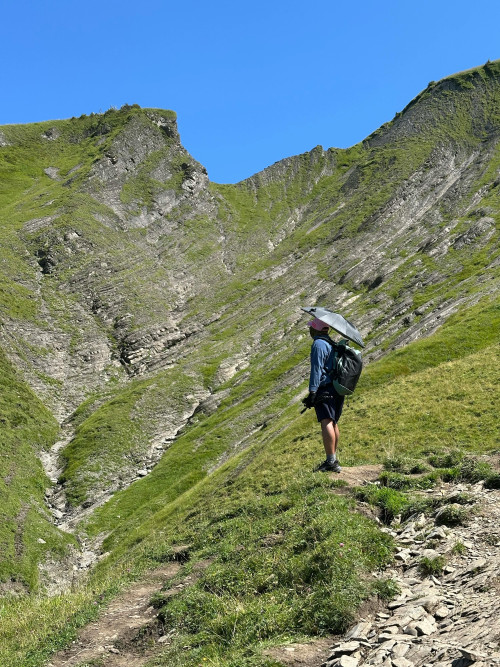
21st Sep, 2025
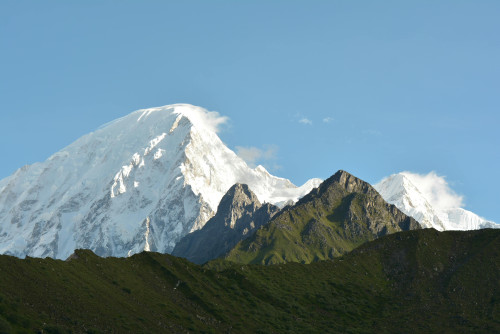
18th Sep, 2025

14th Sep, 2025

3rd Sep, 2025

28th Aug, 2025
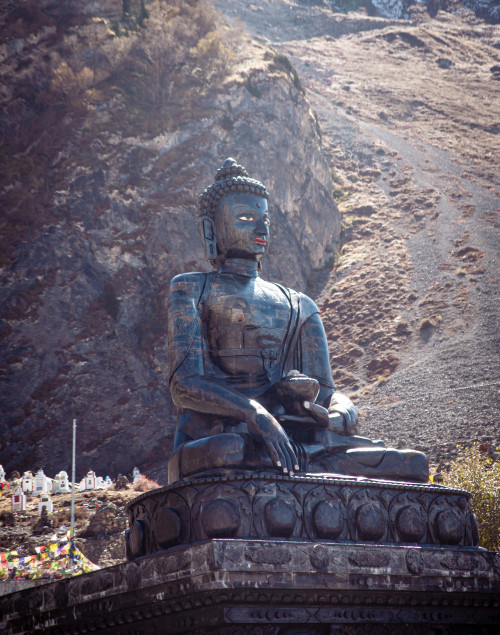
25th Aug, 2025
